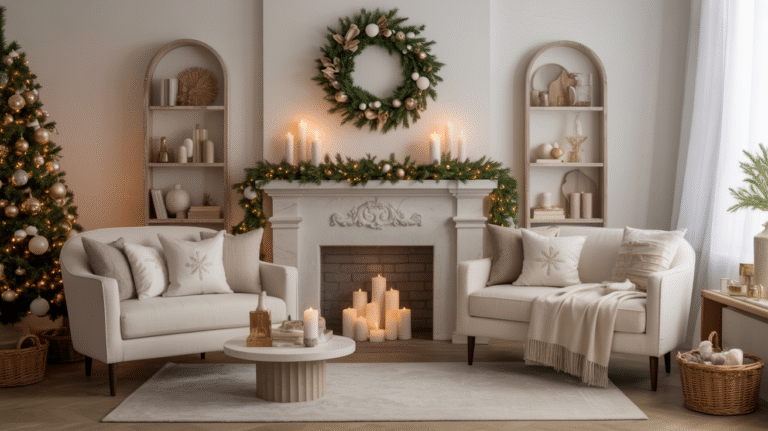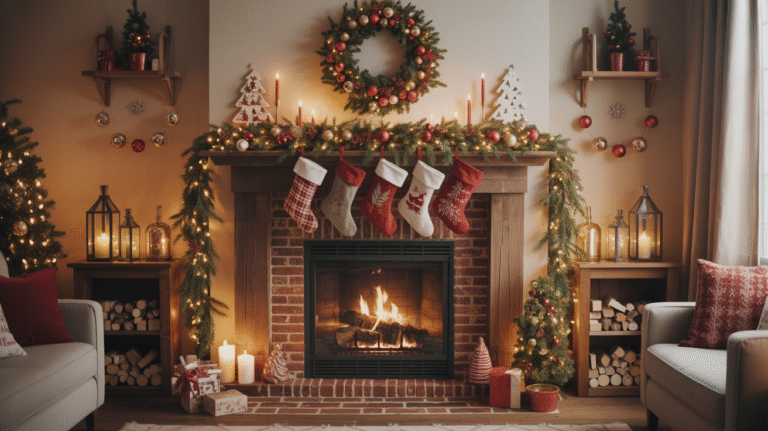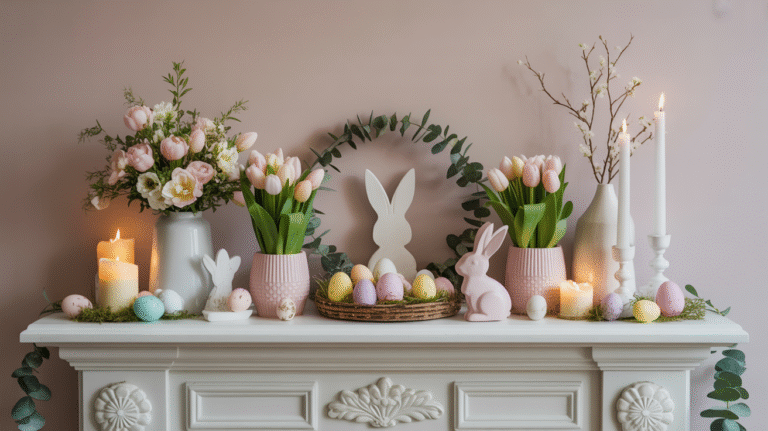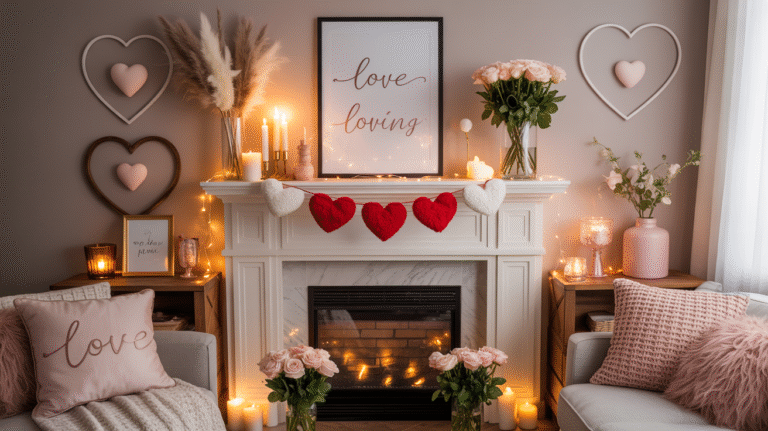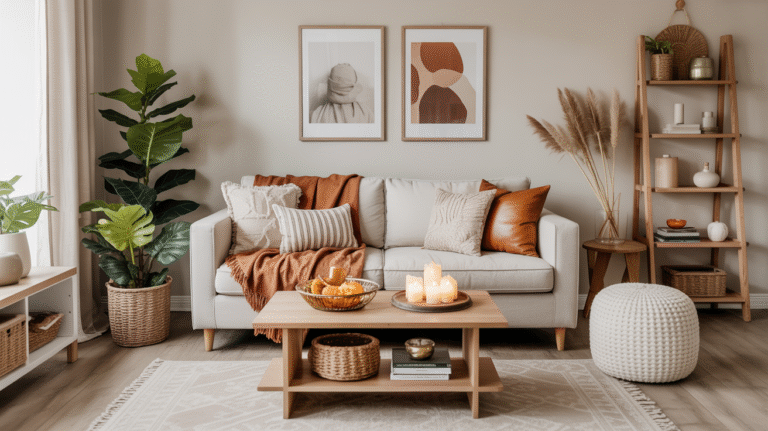The Underrated Power of Texture in Home Design

When designing your home, it’s easy to get lost in the allure of vibrant colors, modern furniture, and trendy accessories. However, there’s one element that’s often overlooked but has the power to completely transform any space—texture in home design. Texture is the secret ingredient that can take a room from flat and boring to inviting and dynamic.
Whether you’re decorating a cozy living room, a welcoming dining space, or a relaxing bedroom, texture plays a crucial role in creating depth, warmth, and comfort. But many homeowners overlook its importance, focusing instead on more obvious design elements. In this article, we’ll explore the power of texture in home design and how it can elevate your space by adding richness and personality.
The Power of Texture in Home Design
Texture isn’t just about visual appeal; it affects how a room feels and functions. By integrating different textures into your home design, you can create spaces that feel lived-in, cozy, and full of character. Here are some ways texture can impact the ambiance and functionality of your home:
1. Creating a Sense of Warmth and Comfort
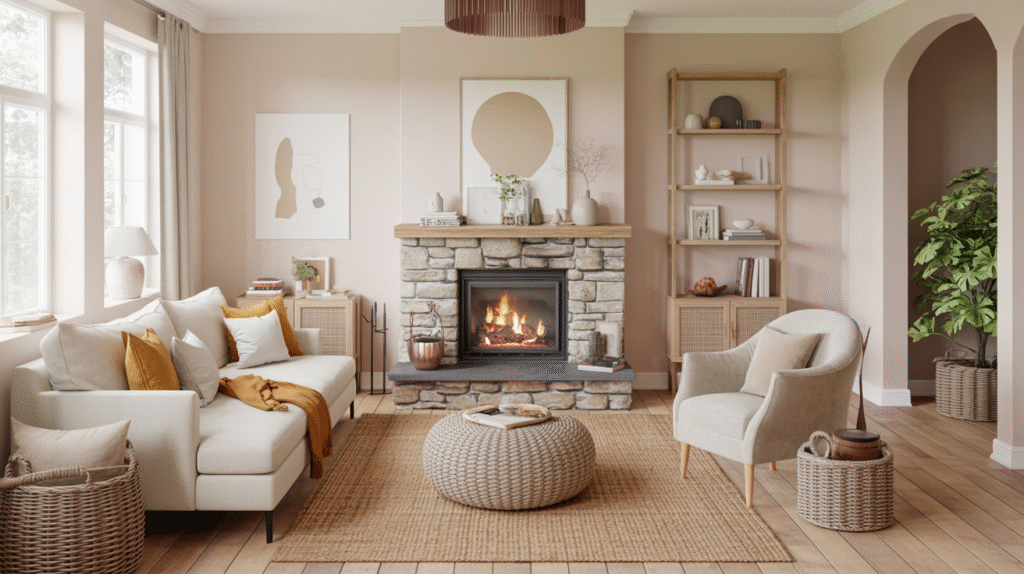
Texture can instantly make a room feel more inviting. Rough textures, like wood or stone, add a rustic charm that feels natural and grounding, while soft fabrics like velvet or wool provide comfort and coziness. By mixing different textures—such as pairing a smooth leather sofa with a rough jute rug—you can create an environment that is both elegant and comfortable.
2. Using Texture to Define Mood
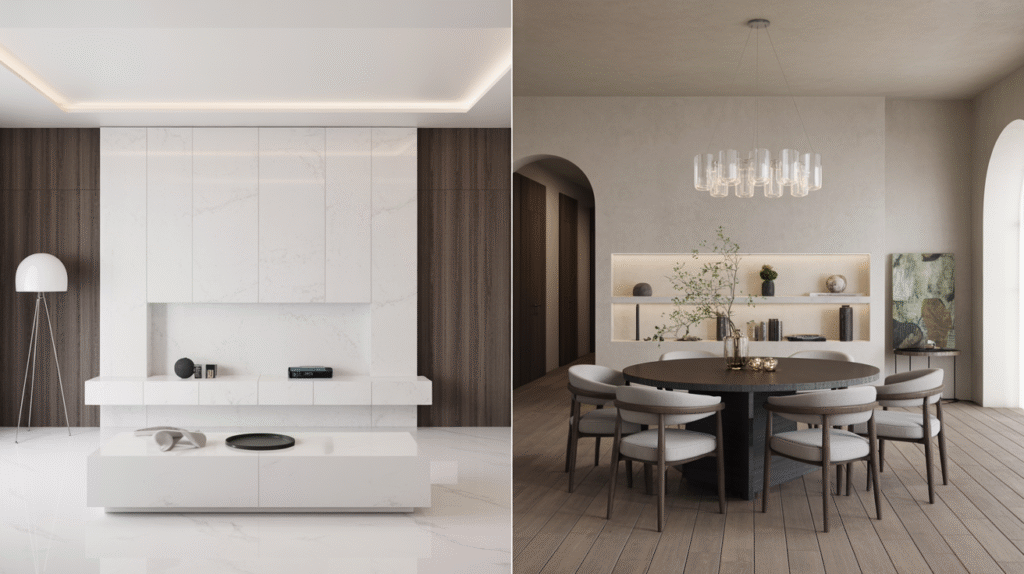
Different textures evoke different emotions. For example:
- Rough textures such as jute, stone, or distressed wood add rustic warmth and character to any space, making it feel more inviting.
- Smooth textures, such as glass, marble, or polished metals, offer sophistication and modern elegance, perfect for creating sleek, contemporary spaces.
By balancing these textures, you can control the mood of your room. Too many rough textures can feel chaotic, while an excess of smooth surfaces may come across as cold and impersonal.
3. Incorporating Textiles for Seasonal and Mood Changes

Textiles are one of the easiest ways to add texture and switch up the vibe of a room. A faux fur throw in winter, light linen curtains in summer, or woolen blankets in the fall can transform the atmosphere without major renovations. Textiles are versatile and can easily be swapped out, making them a great way to stay current with seasonal trends or changes in personal taste.
4. Enhancing Lighting with Texture
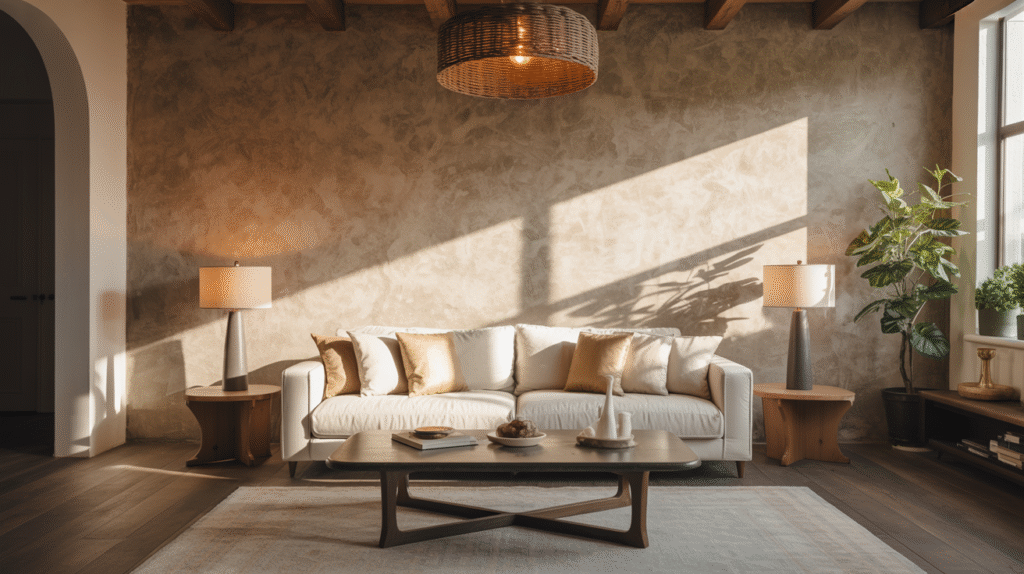
The way light interacts with textured surfaces can completely alter the feel of a room. Natural light highlights rough surfaces, creating shadows and depth, while artificial light can soften or accentuate textures in different ways. Consider how the light changes throughout the day and how textured walls, fabrics, or furniture catch and reflect that light.
5. Textured Furniture and Accessories
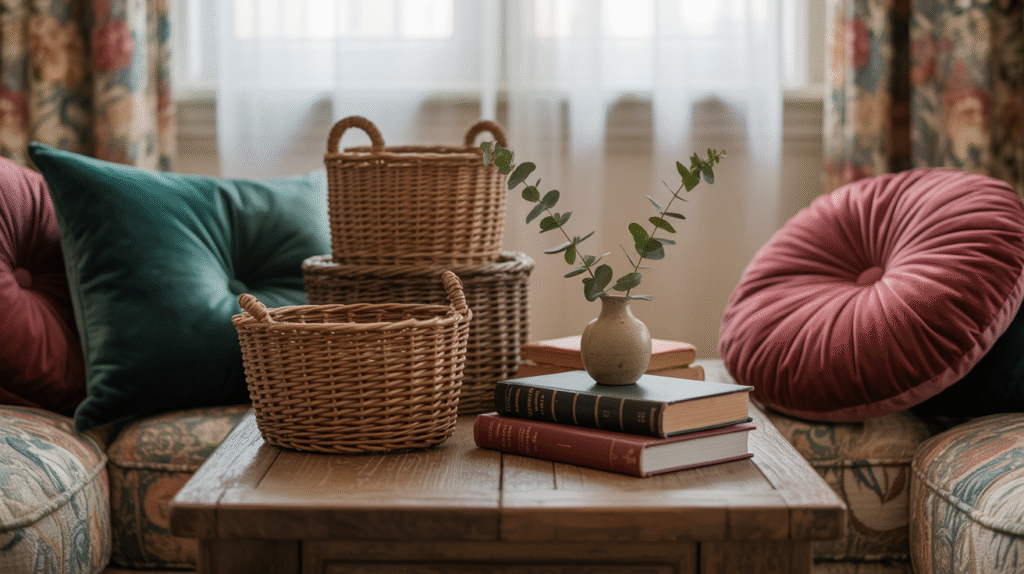
Furniture and accessories with texture can enhance the overall design of a space. Opt for woven baskets, velvet cushions, or rough-hewn wooden tables that contrast with the smoother finishes of your walls or flooring. These elements not only bring visual interest but also contribute to the tactile experience of the room.
6. Balancing Texture for a Cohesive Look
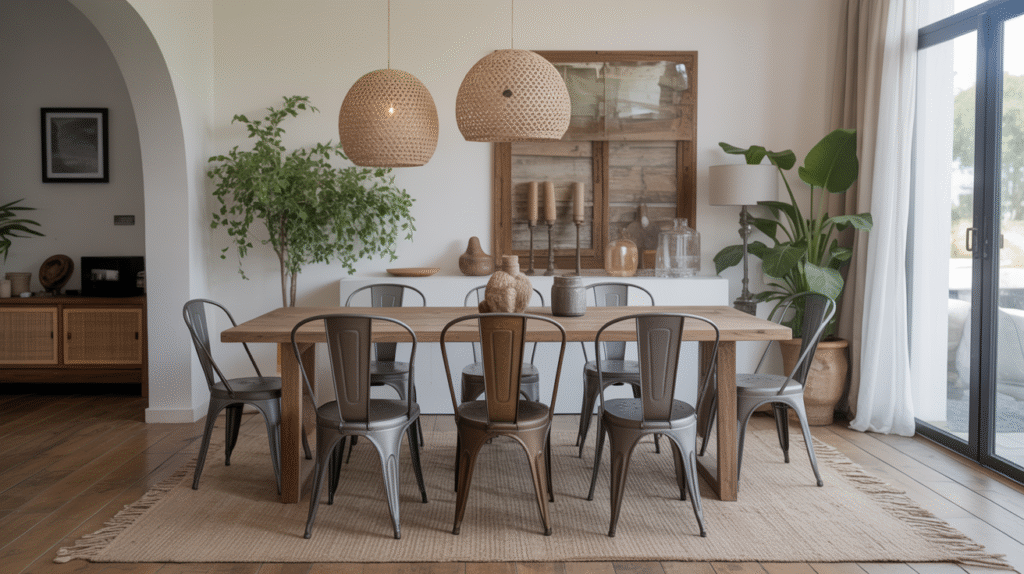
While texture adds dimension and interest, balance is key. Too many textures can create visual clutter, while too few can make the space feel flat. To achieve harmony, mix textures thoughtfully—combine soft textiles with more rigid materials like metal or stone, and experiment with layering different types of fabric, such as silk cushions and cotton throws.
7. The Functionality of Textured Surfaces
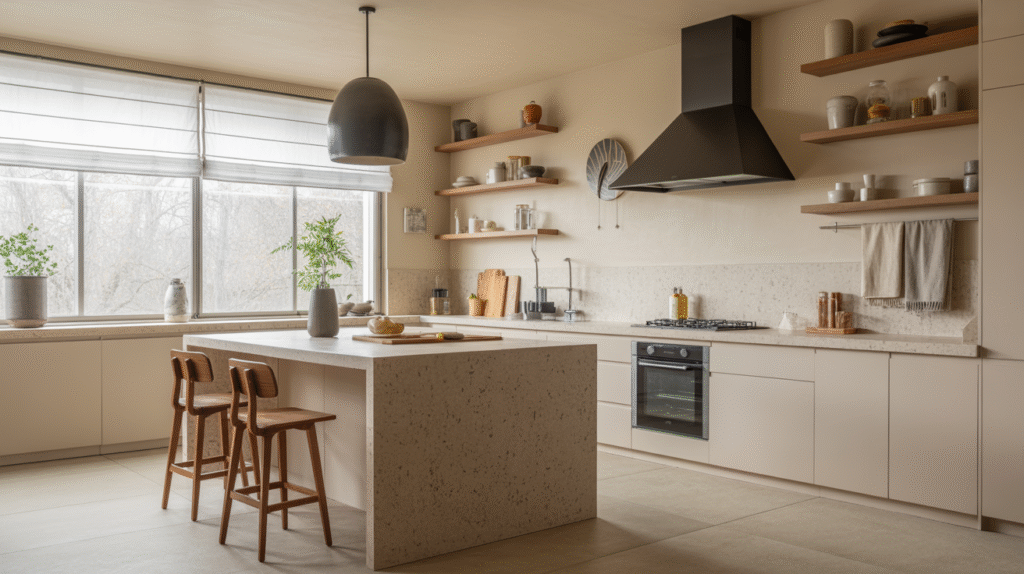
Textured surfaces aren’t just pretty—they serve functional purposes too. Textured materials can hide imperfections like water spots or fingerprints, especially in high-traffic areas such as kitchens and bathrooms. Textured flooring, for example, offers more grip, reducing slip hazards, especially in wet areas.
Final Thought
The power of texture in home design lies in its ability to enhance both the aesthetic and the functional aspects of a space. By thoughtfully incorporating a mix of materials, fabrics, and surfaces, you can elevate any room, turning it from basic to beautifully dynamic. Texture can make your home feel more complete, inviting, and personalized, ensuring that it reflects not just your style but your lifestyle as well.
